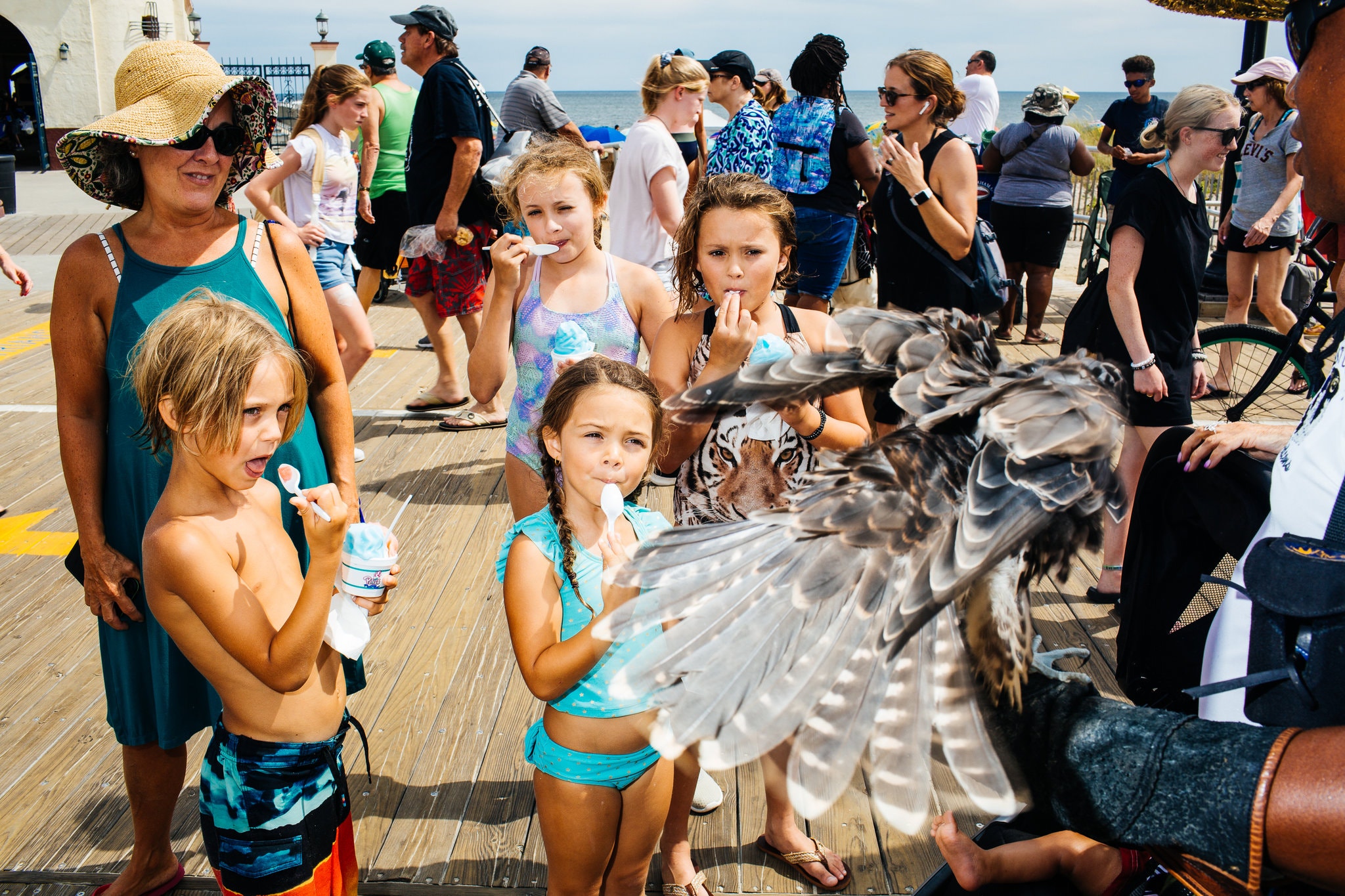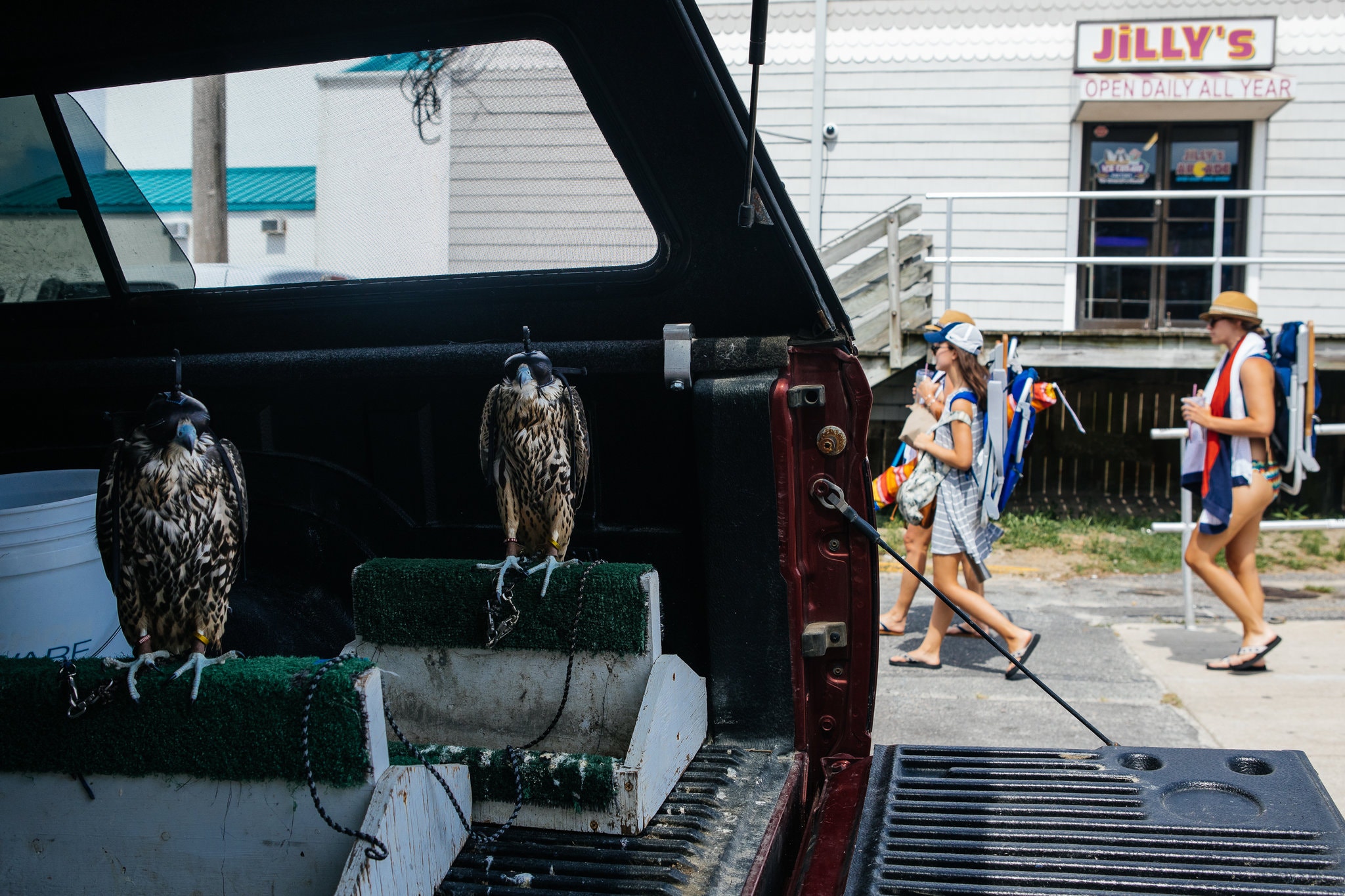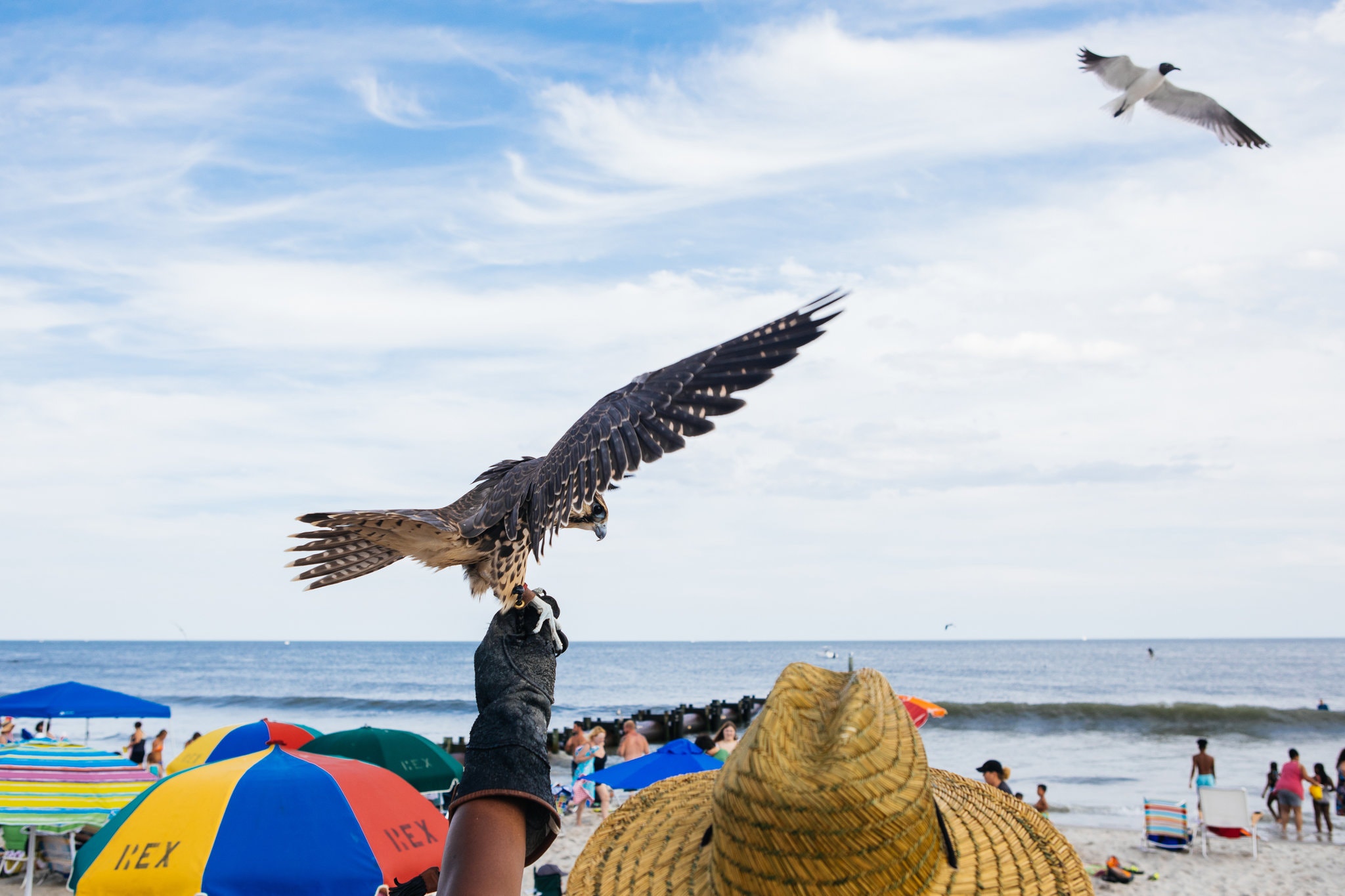You’d be forgiven to not believe rumors before reading this article, but this actually happens a lot. One angle that is missing from this coverage, however, comes from the American preoccupation with providing food at every turn of real estate where any sizable crowds converge.
I know it’s unrealistic to peg this all on food concessions, but if American mainstream culture wasn’t so steeped in limitless food consumption at every special event, occasion, celebration, physical area where any gatherings in general occur, the over saturated food vendor operations of every stripe, and growing, wouldn’t exist in the first place.
So much food is wasted in this country, whether directly from unbalanced crop management, commercial buyers, and dispensation to the public, or by sheer disregard for food portioning and value on a individual basis. Whole nations starve, or at best, struggle, while getting aid in the form of low quality carbohydrate staples, and/or, access to junk food, while we scare off seagulls so we feast and drink on a whim, at any moment, wherever we are, and then throw out half our food anyway.
Flying Assassins Are Called In to Combat Aggressive Gulls
A Jersey Shore town has come up with a creative but costly way to tame its marauding gulls.

Eric Swanson, the owner of East Coast Falcons, released a falcon, one of the birds of prey that are being used to frighten gulls in Ocean City, N.J.
By
OCEAN CITY, N.J. — They are deft predators of the French fried potato, able to pluck a fresh wedge in the milliseconds it takes a single fry to travel from its container to a human mouth.
Though gulls are as core to the Jersey Shore as a stereo blasting “Born to Run,” the birds that have been hunting the food stalls lining the boardwalk in Ocean City possess an extra level of voracious hunger, a fever pitch of aggression that stands out even in a state where pugnacity is considered a plus.
Their behavior has turned this popular oceanfront destination into a Hitchcockian dystopia of divebombing birds.
“I’ve seen them take on an entire pizza,” said Tom Baglini, 71, who lives in Ocean City with his wife, JoAnn. “I saw the guy and he had the box, and he took one slice out, and the bird came down, hit the slice, then hit the box, and the pie hit the ground, and then, like hundreds of birds just swarmed.”
Deciding it had had enough, Ocean City turned to an army of winged bouncers.
The city unleashed a posse of raptors — four hawks, two falcons and an owl — to take on the unruly gulls.
“It’s reached a point where you can’t eat on the boardwalk or beach without birds flying at your hands and face. It truly has become a safety hazard,” said Ocean City’s mayor, Jay A. Gillian. “I remain committed to doing whatever it takes to make sure the boardwalk and beach experience in Ocean City is safe, family friendly and enjoyable.”

Diana Juleg and her grandchildren listened as a falconer explained how the birds patrol the skies over the boardwalk. Credit: Michelle Gustafson for The New York Times
One of the few towns along the Jersey Shore where alcohol is not sold, Ocean City attracts roughly 150,000 visitors every summer to a beach idyll: a wide boardwalk filled with ice cream and pizza stands, fudge shops and salt water taffy stores, where the chatter of conversation is occasionally drowned out by the squeals from nearby amusement rides.
The squawk of gulls circling potential meals is a less welcome part of the background noise. But these days, the gulls must also keep an eye out for the sharp-clawed raptors roaming the skies.
Using birds of prey to control avian populations is a common tactic — deployed not just at beaches, but at airports, among other places — and is praised by many environmental groups as a humane way of taming out-of-control behavior.
“The best way to put nature back into balance is to bring back predators,” said Jeff Tittel, director of the New Jersey chapter of the Sierra Club. “Whether it’s hawks or falcons in urban areas to reduce pigeon populations, or sea gulls along the coast, it makes a lot more sense.”
Ocean City is paying $2,100 a day through Labor Day for the use of the trained raptors, which are provided by East Coast Falcons. Though the raptors are certainly capable of killing gulls, these have been trained just to frighten the gulls away. The program, which started in early August, has been effective enough that the hours the raptors are on duty each day has been extended.
Erik Swanson, the owner of East Coast Falcons, has been training birds of prey for nearly 30 years. His animals have helped to clear out geese and other birds from flight paths near Kennedy International Airport, reduced a starling population that was threatening a blueberry farm and scattered pigeons and other birds away from landfills.
But the belligerence of the gulls in Ocean City surprised even this veteran bird expert.
“If I didn’t see it with my own eyes, I don’t know if I would have even believed it,” Mr. Swanson said. “We were sitting there talking with the town manager and this girl walked out with a bucket of chicken or something, and she literally had more than 20 birds just start mobbing her.”
Fueled by the constant availability of food, Mr. Swanson said the gulls have developed advanced tactics.
Some of the gulls have learned to attack people, who drop their food once bitten.
“And then when the one does that, you have about 40 of them that all run in and try to eat the food,” Mr. Swanson said.
Just about every regular visitor to Ocean City seems to have a gull story.
Darcy Krause, who lives in Philadelphia and has been visiting Ocean City for about 10 years, said a gull swooped down between her hand and her face and snatched a Wheat Thin cracker from her fingers without leaving a mark.
Ellen Ilconich, who lives in Marlton, N.J., had a gull hover over her sandwich and pluck out the deli meat inside.
The Baglinis watched the other day as a few gulls huddled under a beach umbrella, dug into an open beach bag while the owners were away, pulled out a bag of chips and enjoyed a feast on the sand. Two weeks earlier, a gull clutching an entire hero sandwich landed near their lawn.
Sue Lyons-Joell, who has been coming to Ocean City for more than 30 years, has developed a gull-proof system when she orders anything at the boardwalk: Cover the food, stay close to the stalls and never eat anything out in the open.
“A couple of years ago it got so bad we had to put a sign up at the register basically warning customers of the sea gulls stealing their food,” said Randy Levchuk, an owner of Jilly’s, a family-run business in Ocean City that manages a popular French fry stand, as well as several T-shirt shops.

Ocean City is paying $2,100 a day through Labor Day for the use of the trained raptors. Credit: Michelle Gustafson for The New York Times
His T-shirt business has also been affected by the gull invasion.
“People are coming because they got pooped on by one of the birds, and they have to buy a new shirt now,’’ Mr. Levchuk said. “It’s not a good experience for the person in Ocean City with how bad it’s gotten.”
The summer crowds will be gone after Labor Day, but the gulls are not just seasonal visitors.
Eric Stiles, the president and chief executive of New Jersey Audubon, said focusing on the summertime is a short-term “winnable solution.”
“But it’s not a perennial solution,” he said. “It’s not something you do for 30 days and the problem is solved forever.”
Still, so far, the introduction of the raptors seems to have improved the conduct of the gulls.
Families were enjoying soft-serve cones near a Kohr Bros Frozen Custard shop on a recent day, and the few gulls perched on the edge of the store roof were leaving them alone — for now.
Nearby, P.J. Simonis, a falconer who is part of Mr. Swanson’s team, was carrying a 17-week-old Harris hawk on his arm. The bird had just finished eating food left inside a cage, which was placed in clear view of the gulls.
“Just this bird feeding on the boardwalk,’’ he said, “has freaked them out.’’




